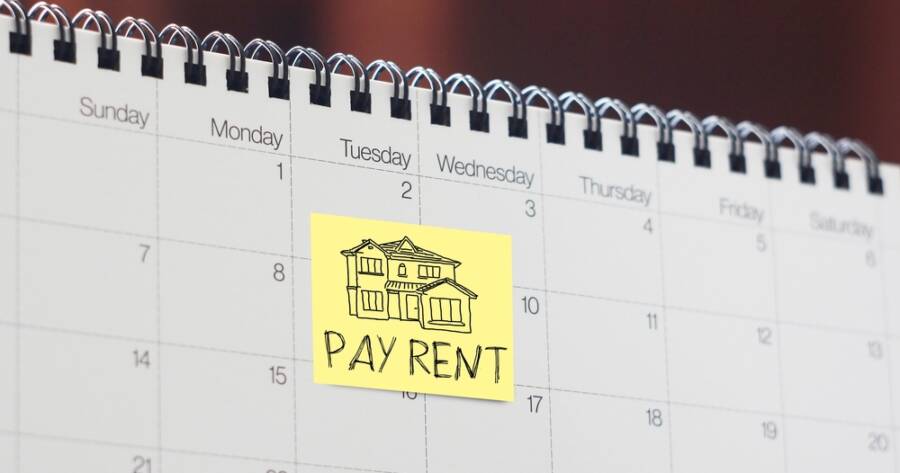In times of financial hardship, paying rent can become one of the most daunting challenges for individuals and families. Whether due to job loss, health issues, or unexpected emergencies, the struggle to meet rent obligations can lead to stress, anxiety, and even the threat of eviction. Fortunately, there are rent relief programs and resources designed to help people navigate these tough situations. Explore the different avenues for finding rent relief and how individuals can access the support they need when facing financial difficulties.
Understanding Rent Relief
Rent relief is financial assistance or support programs designed to help tenants who are unable to pay their rent due to unexpected or temporary financial setbacks. These programs are typically offered by local, state, or federal governments, as well as nonprofit organizations and charities. The goal of rent relief is to prevent evictions, provide temporary financial relief, and help people stabilize their housing situations during difficult times.
Government Rent Relief Programs
In many countries, government-backed rent relief programs have been established to provide financial support to renters. In the United States, for example, there are several federal, state, and local programs that can assist tenants in need. These programs are often temporary and are designed to provide short-term assistance for those facing emergencies.
- Emergency Rental Assistance (ERA) Programs: During the COVID-19 pandemic, the U.S. government introduced the Emergency Rental Assistance (ERA) program, which allocated funds to state and local governments to distribute to tenants struggling to pay rent. The funds are intended to cover past-due rent, utilities, and other housing-related expenses. Many ERA programs are still available, and tenants can apply for assistance through local government offices or online portals.
- Section 8 Housing Choice Voucher Program: For low-income renters, the Section 8 program offers long-term rental subsidies that help cover the cost of rent. This program provides rental assistance based on the tenant’s income, allowing them to live in private housing with rent paid directly to the landlord. Though not an emergency solution, Section 8 is a valuable resource for individuals who need ongoing support.
- State and Local Assistance Programs: In addition to federal programs, many states and local governments have their own rent relief programs. These programs vary in terms of eligibility requirements, coverage, and availability, so it’s important for tenants to research local options and apply as soon as they find themselves in need.
Nonprofit Organizations and Charities
Numerous nonprofit organizations and charities provide rent relief to individuals and families facing financial difficulties. These organizations may offer direct financial assistance, counseling services, or help navigating government programs. Some notable examples include:
- The Salvation Army: This global nonprofit offers rent assistance programs and emergency financial aid to help individuals and families avoid eviction. The Salvation Army’s programs vary by location, and tenants should contact their local branch for more information.
- Catholic Charities: Catholic Charities provides emergency assistance to those in need, including rent relief and eviction prevention services. Their programs are available to people of all faiths and backgrounds.
- United Way: Through their 2-1-1 helpline, United Way can connect individuals with rent relief programs in their area. United Way’s services help renters find local resources for eviction prevention and housing assistance.
- Local Housing Authorities: Many local housing authorities offer emergency rent assistance or programs specifically designed to help tenants avoid eviction. These authorities often have partnerships with local nonprofits to provide support.
How to Apply for Rent Relief
Applying for rent relief can vary depending on the program, but there are several general steps tenants can take to access assistance:
- Gather Documentation: Most rent relief programs require documentation to verify income, rental history, and the reason for financial hardship. This may include pay stubs, bank statements, a letter from an employer, or proof of unemployment.
- Contact Local Agencies: Reach out to local government offices, nonprofit organizations, or housing authorities to inquire about available rent relief programs. They can provide guidance on eligibility and help tenants navigate the application process.
- Apply Online or In Person: Many programs have online applications, but some may require in-person visits. Ensure that all required documents are submitted and follow up on the status of the application.
- Keep Communication Open with Your Landlord: If you’re facing financial hardship and are applying for rent relief, it’s essential to maintain open communication with your landlord. Inform them of your situation and let them know that you are actively seeking assistance. Some landlords may be willing to work with tenants by offering payment plans or temporary rent reductions.
Accessing Rent Relief for Stability and Peace of Mind
Rent relief programs are essential resources for individuals facing financial hardship, providing a safety net to help prevent eviction and stabilize housing situations. Whether through government-funded programs, nonprofit organizations, or local charities, there are various ways for tenants to access financial assistance when they need it most. By understanding the options available and taking proactive steps to apply for help, tenants can protect their housing and regain financial stability. If you or someone you know is struggling with rent payments, don’t hesitate to reach out for support and explore the rent relief options available in your community.

